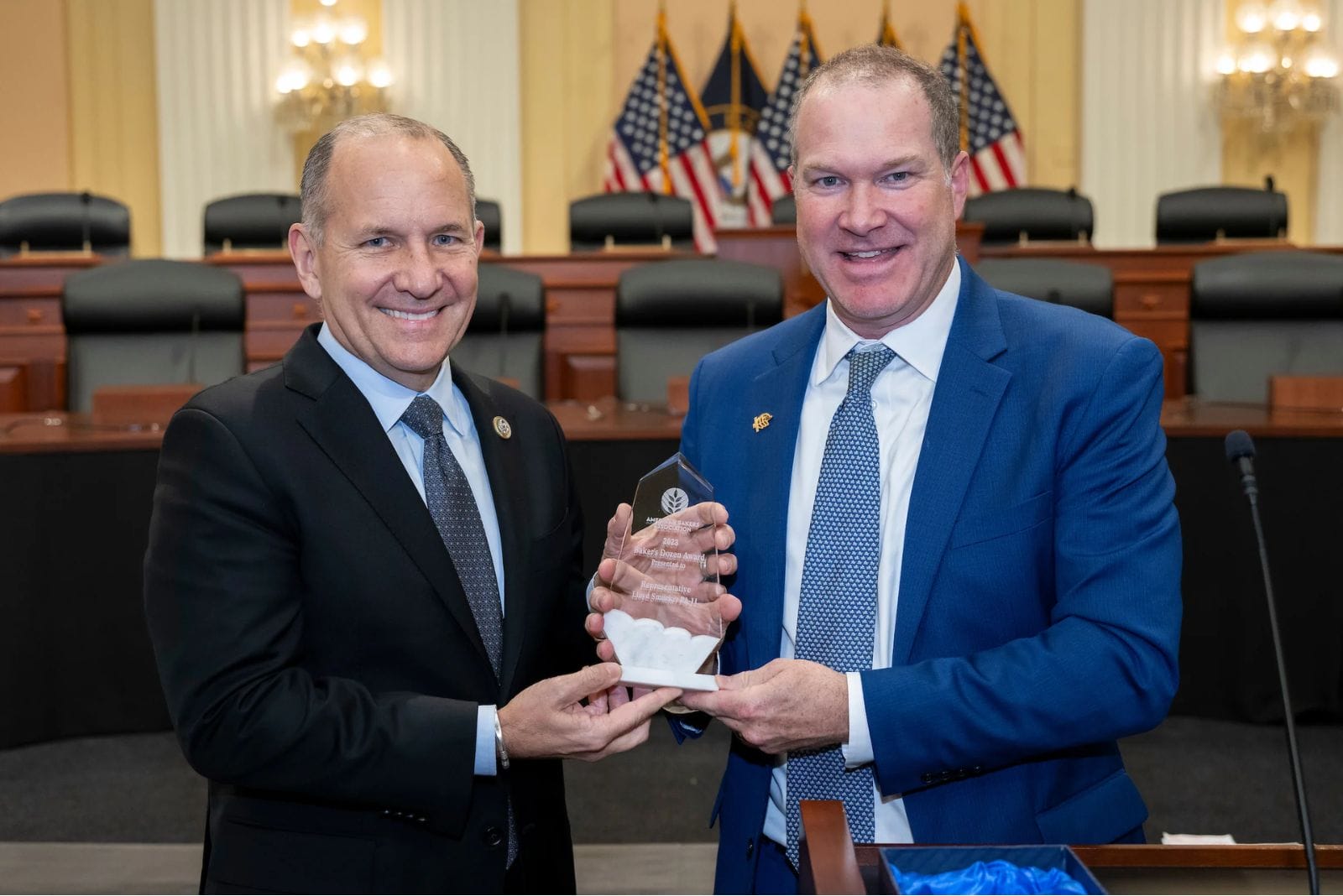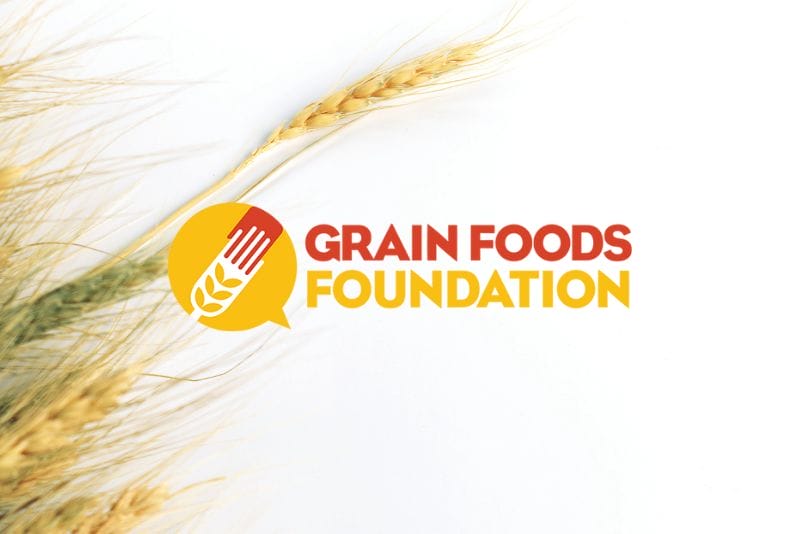SCOTTSDALE, AZ — It’s no secret that consumers are savvy when it comes to seeking information about the foods they eat. The challenge for the commercial baking industry is making sure consumers are getting accurate information.
The Grain Foods Foundation (GFF)’s Scientific Advisory Board provides baking companies with research and science-based information that will help them clearly and accurately communicate to their consumer base.
During the American Bakers Association (ABA)’s annual convention, held April 14-17 in Scottsdale, AZ, GFF Scientific Advisory Board members Glenn Gaesser, PhD and Siddhartha Angadi, PhD, along with Michelle Kijek, partner, Nutrition in Demand, joined GFF co-chairs Angie Goldberg, chief growth officer for Ardent Mills, and Lorraine Hale, VP and general manager for breads, buns and rolls at Bimbo Bakeries USA for an in-depth discussion on some of the biggest challenges regarding consumer assumptions and how to overcome them.
Investing in food and nutrition research
“The opportunity lies in elevating the scientific evidence and investing in research,” Kijek said. “Consumers are looking to experts like registered dietitians to help inform their food and nutrition decisions and make recommendations. But we really can’t break through and work with experts to address those needs unless we have the evidence.”
Kijek noted that, although the modern consumer media tends to lean toward an anti-industry sentiment that discourages investing in research, there’s no better time than now to dig into the science and bolster relationships with nutrition experts.
Investments in research have helped GFF not only open doors for conversations in nutrition policy, but they’ve also been foundational for meaningful conversations with registered dietitians who are often influencing consumers.
“Now is the time to double-down as an industry,” Kijek said. “You need to be investing in research and partnering with experts.”
To that end, GFF has relied on work from its 10-person Scientific Advisory Board for 20 years. Gaesser has been a member since the board’s inception and has seen the industry go through several waves of change, especially in terms of consumer sentiment toward grain-based foods. In fact, the board was formed in response to the low-carb craze that spiked in the early 2000s.
Benefits based in science
Gaesser and Angadi published some of the most notable research on carbohydrates and bodyweight in high-impact journals of the Academy of Nutrition and Dietetics and the American Society for Nutrition, and for the past five years, Gaesser has published several research papers regarding refined grains’ role in what the US Dietary Guidelines calls an unhealthy eating pattern.
“What I found was that not only did refined grains not bear any relationship to increased risk of chronic diseases such as diabetes and cardiovascular diseases,” Gaesser said, “but it was also the first-ever analysis that separated out staple grain foods such as bread, cereals and pasta from indulgent foods like cakes, cookies, donuts and pastries. And the research showed that even when you include those indulgent grain foods, it bore no relationship to the increased risk of diabetes and cardiovascular disease.”
Pilot data from Gaesser’s most recent research through an internal grant from Arizona State University found indulgent baked goods seemingly had little to no health impact on study participants who were young men and already classified as significantly overweight or obese.
Another point of consumer focus in recent years has been around bread and the glycemic index. While Gaesser’s research was instrumental in the decision to not make recommendations about the glycemic index as a reference point in the US Dietary Guidelines, consumers are still using it to determine when — or if — they should be consuming carbs. According to the Scientific Advisory Board, this does not necessarily clarify food choices.
“The glycemic index is just a way of looking at how quickly blood glucose or blood sugar levels rise after you consume certain foods,” Angadi said. “The problem is that even in controlled feeding studies the variation in the glucose response to the same food between people is enormous. In fact, the variation between individuals can be up to five-fold and is driven by factors like age, BMI, blood glucose levels and when you wake up. That’s problematic and limits its utility for individuals.”
“The opportunity lies in elevating the scientific evidence and investing in research.”
— Michelle Kijek | partner |
Nutrition in Demand
If the measure is associated with the food — and not an individual’s response to the food — much can be left open to interpretation, and that can get dicey when consumers don’t have the tools to dig deeper.
“There’s a lot of deductive reasoning that goes on in the research and consumer landscapes that really need to be avoided,” Angadi said. “Because it can lead to some truly strange messaging in the end.”
While GFF is generating positive messages for the grain foods industry, the organization has intentionally built its Scientific Advisory Board from experts across a variety of fields. It has also leveraged studies published in medical, nutrition and other scientific journals.
“These are science-based studies,” Gaesser said. “Taking advantage of published research is a good avenue for GFF, as well as moving into a position where GFF could support research for randomized control trials to dive into a deeper understanding of the nature of foods and how they affect health, particularly staple and indulgent grain foods.”
A better health narrative about grain-based food
While science-based research might not be as appealing to everyday consumers as the latest viral video on social media, sometimes it’s all in the delivery.
“GFF is often referred to as ‘the friendly nerd’ or ‘the friendly science people,’” Kijek said. “I love that persona because it allows us to be credible when we’re having conversations with media, nutrition policymakers or health professionals.”
By leading with science, GFF is gaining a seat at the table for policymakers and healthcare professionals. These are some of the experts consumers are vetting for food and nutrition information, as well as registered dietitians, a group gaining a lot of visibility on social media. Although GFF isn’t designed to communicate directly with consumers, it does provide information that can be disseminated through policymakers, healthcare professionals and dietitians. The benefit of that becomes twofold: GFF reaches these groups as influencers and consumers.
“Policymakers and health professionals are consumers themselves,” Kijek said. “When we come to them as consumers as well as policymakers and health professionals, we can have a bigger impact.”
For more information on research around the health benefits of grains and the GFF Scientific Advisory Board, visit the GFF website.












